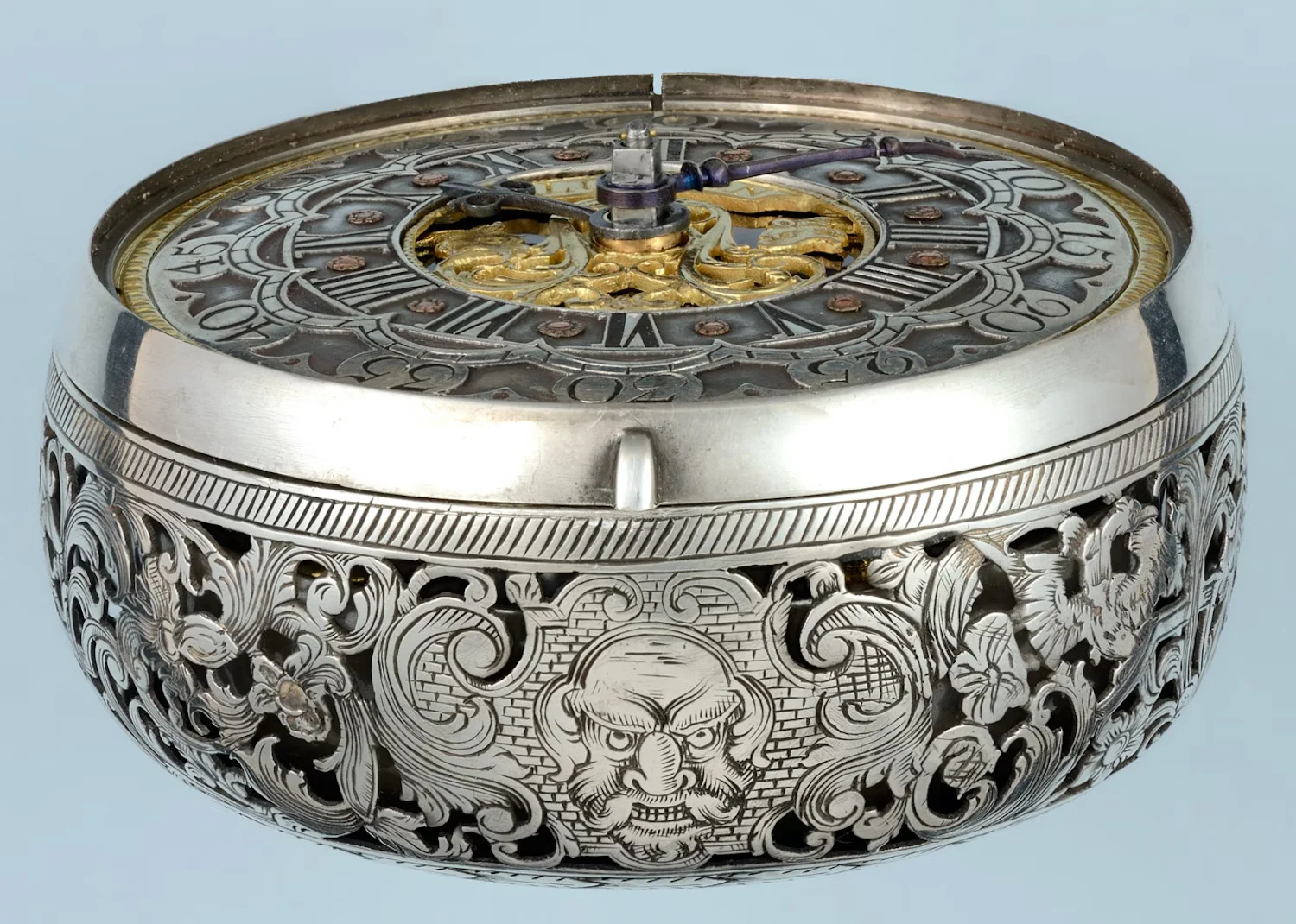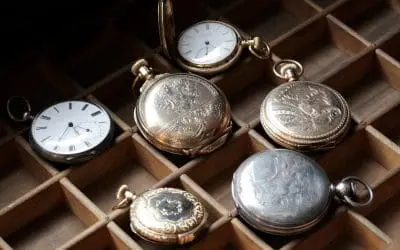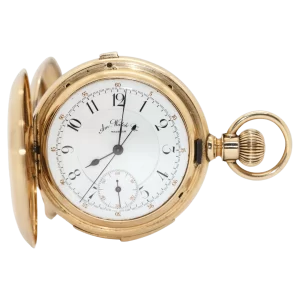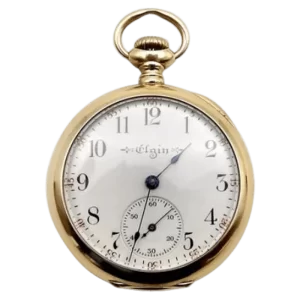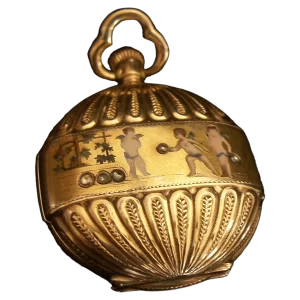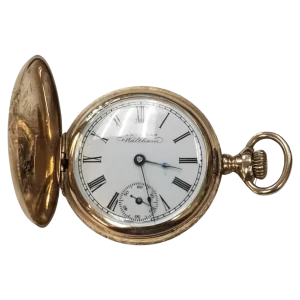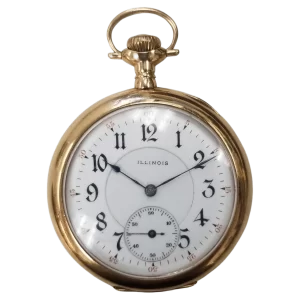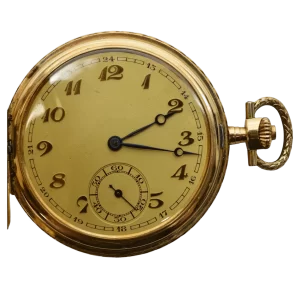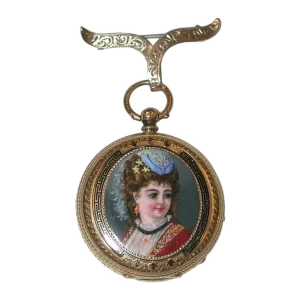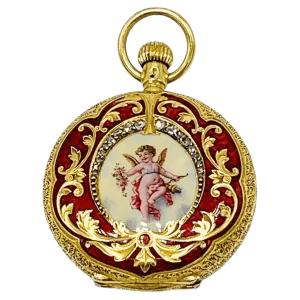Antique pocket watches have long been cherished for their intricate designs, craftsmanship, and historical significance. But among all the different types of antique pocket watches, the repeating (or repeater) pocket watch stands out as a particularly fascinating and intricate example of this timeless timepiece.
Repeating pocket watches have a unique feature that sets them apart from other watches – with a simple press of a button, they chime out the exact time in a series of clear, melodious tones. This feature made them particularly useful in low-light situations or for those who couldn’t look at the watch face, such as those in the military or on long sea voyages.
Beyond functionality, repeater pocket watches were often adorned with luxurious materials and intricate details that showcase the skill and artistry of the watchmakers who created them. From ornate cases to intricate movements, these watches are true objects of beauty that offer a glimpse into the past and the craftsmanship that once defined watchmaking.
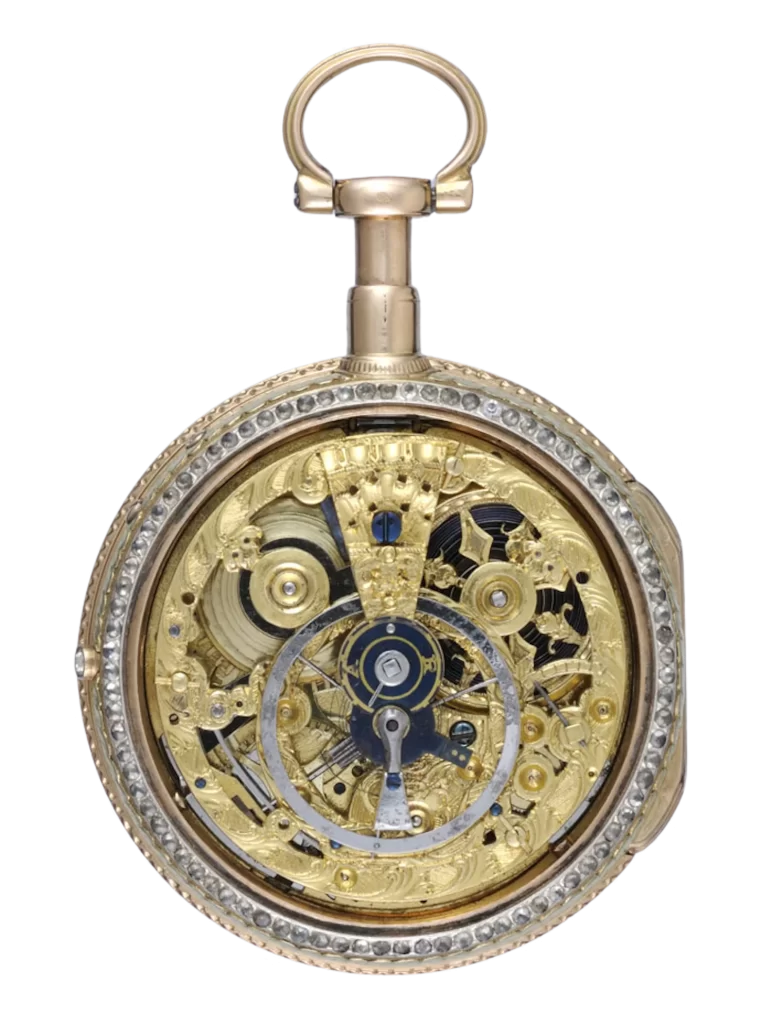
1. Introduction to antique repeating pocket watches
Welcome to the world of antique repeating pocket watches, one of the most fascinating and coveted categories of watch collecting. With their intricate designs, precise movements, and mechanical complexity, repeater watches impress both horology enthusiasts and connoisseurs of fine art. A repeating pocket watch is a timepiece that, at the push of a button or slide, chimes the time in a sequence of sounds, enabling the owner to tell the time in the dark or without looking at the watch dial. These elegant and functional watches were highly popular among the wealthy individuals throughout the 18th and 19th centuries, and today, their craftsmanship and history continue to captivate collectors and enthusiasts around the world. In this document, “Exploring antique repeating (Repeater) pocket watches”, we’ll delve into the history, technology, and various types of this fascinating timepiece, providing you with an engaging and educational introduction to the world of antique watch collecting.
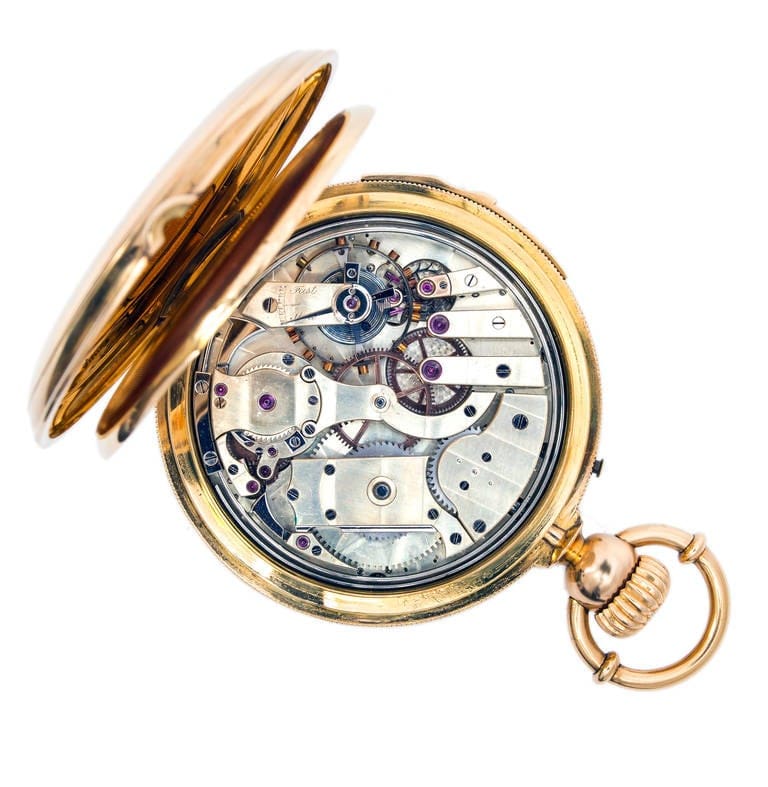
2. Different types of repeater pocket watches
Antique repeater (or repeating) pocket watches are some of the most fascinating and sought-after timepieces for collectors and enthusiasts. One of the most notable features of these watches is the ability to chime the time either on demand or at pre-set intervals, making them useful timekeeping tools in an era before widespread electric lighting. There are two main types of repeater pocket watches: the quarter repeater and the minute repeater. The quarter repeater indicates the time by chiming the number of hours and a partial chime for the quarter hours, while the minute repeater chimes the time in full, including the exact number of minutes past the hour. Both types of repeater watches require intricate mechanisms to produce the chimes, and as they require high levels of skill and craftsmanship to produce, they remain highly valued by collectors today.
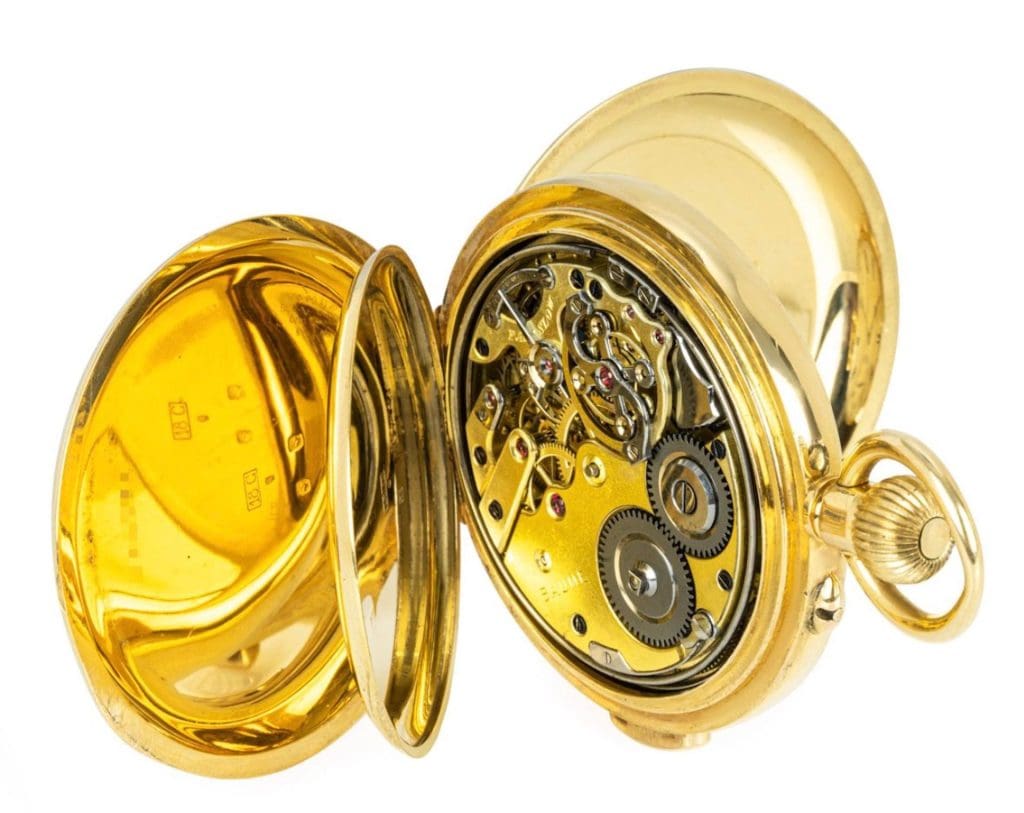
3. How repeater pocket watches work
Repeater pocket watches are one of the most fascinating and intricate types of antique pocket watches. These timepieces are designed with a mechanism that allows the user to repeat the time on demand with the activation of the repeater feature. There are three main types, including minute repeaters, quarter repeaters, and five-minute repeaters, each differing in the number of chimes or vibrations they emit to signal the time. The process of how repeater pocket watches work is fascinating in its complexity. When the watch owner presses a button or slider on the side of the watch, a series of hammers are lifted and then released, causing them to strike one or more chime rods, which are carefully tuned to create a unique sound for each hour, quarter hour, or five-minute interval. Understanding the intricacies of repeater pocket watches is essential for collectors, connoisseurs, and those who value the unique mechanics and beauty of these special timepieces.
4. The history of repeater pocket watches
The history of repeater pocket watches is a rich and fascinating one that dates back to the 17th century. Repeater pocket watches were originally created to provide a way for people to tell time in the dark or in situations where it wasn’t possible to look at the watch face. The first repeating watches were created in the late 1600s and early 1700s, with some of the earliest examples featuring a push button that, when pressed, would cause the watch to chime the hours and minutes. Over time, as technology advanced, repeater pocket watches became more sophisticated, with some featuring multiple chimes for different time intervals or even complex musical melodies. Today, antique repeating pocket watches are highly sought after by collectors who appreciate their intricate mechanisms and historical significance.
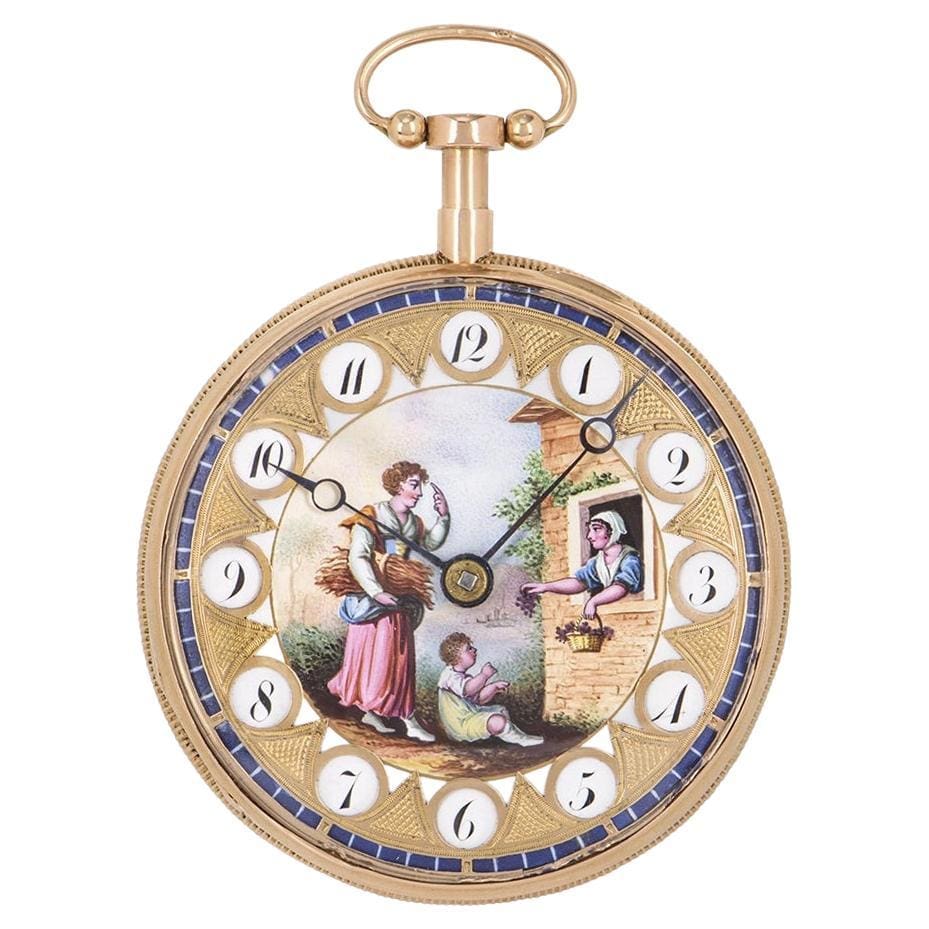
5. The significance of repeater pocket watches in antique collections
Repeater pocket watches are considered one of the most complicated and intricate timepieces in the realm of horology. They were crafted in the early 17th century and were primarily used to tell time in low light or darkness, where reading a watch was nearly impossible. These watches can chime the time on demand, providing the wearer with outstanding convenience. The repeater pocket watch quickly became popular among the aristocracy and the wealthy merchants of Europe. Today, collectors and enthusiasts worldwide hold these antique watches in high regard for their intricate mechanics and timeless elegance. The significance of repeater pocket watches in antique collections cannot be overstated, as they represent a rare and remarkable piece of history, evoking memories of a bygone era of craftsmanship and artistry.
6. Materials used in making repeater pocket watches
Exploring antique repeating (Repeater) pocket watches can be an exciting journey for collectors and enthusiasts alike. Among the various aspects worth exploring is the selection of materials used in producing these timepieces. Repeater pocket watches typically possess a high level of mechanical complexity, which requires attention to detail and craftsmanship in choosing appropriate materials for their manufacturing. The most common materials used in repeater pocket watches include gold, silver, and brass for the case and movement parts, while the dial can consist of enamel, porcelain, or metal. Additionally, some manufacturers utilized jewels such as diamonds and rubies as bearings for the movement components. The selection of materials used in repeater pocket watches played a crucial role in defining their quality, durability, and aesthetic appeal, contributing to both their value and historical significance.
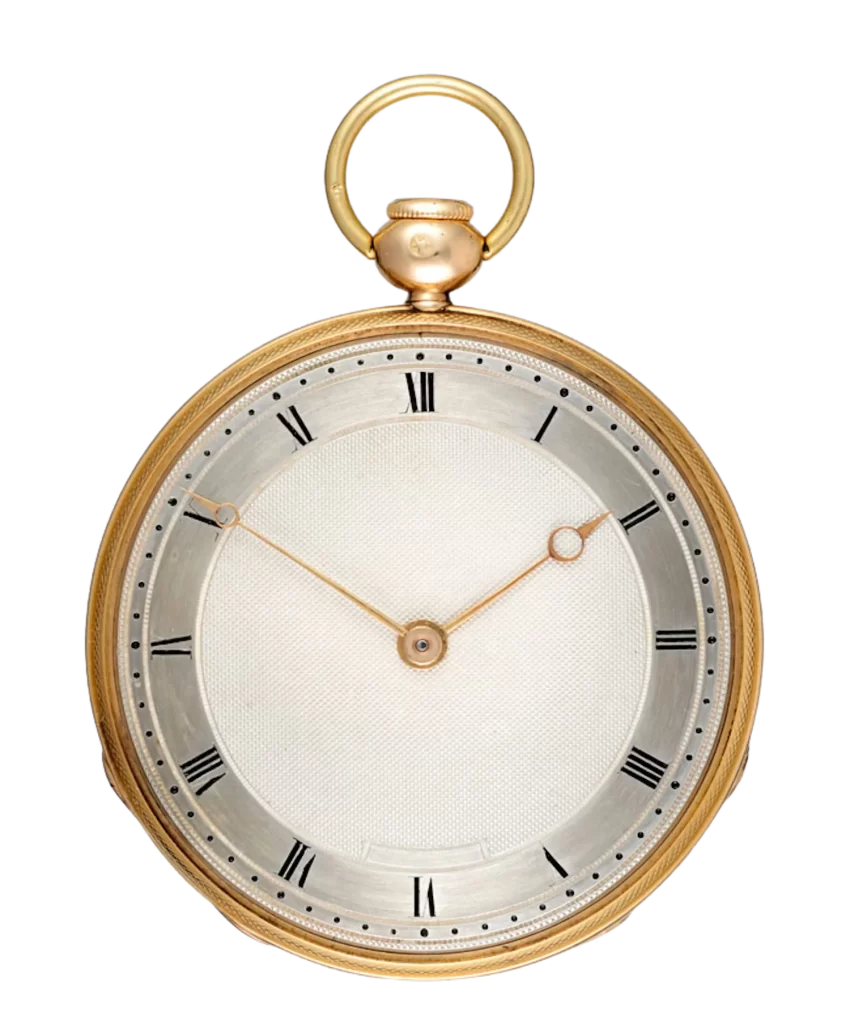
7. The role of craftsmanship in creating repeater pocket watches
When exploring antique repeating (repeater) pocket watches, it’s essential to understand the crucial role of craftsmanship in their creation. Repeaters are complex timepieces that were developed during the 17th century by skilled watchmakers who dedicated their lives to perfecting the craft. The intricate mechanism of these watches is designed to repeat the sound of the chimes when activated by the user, indicating the time without the need to view the watch face. The creation of repeaters requires a high level of skill, precision, and attention to detail. Craftsmen use an array of hand tools to carefully shape and fit each part of the repeater mechanism, ensuring that it functions with accuracy and consistency. Without the mastery of these techniques, the repeater pocket watch would not have achieved the level of elegance and sophistication that it remains famous for today. The critical role of craftsmanship in creating repeater pocket watches highlights the importance of appreciating antique timepieces as works of art, as well as functional instruments of timekeeping.
8. Factors that affect the value of antique repeater pocket watches
Exploring the value of antique repeater pocket watches can be a fascinating journey for collectors and enthusiasts alike. However, determining the worth of these timepieces can be a challenging task given the many factors that affect their value. Some of the essential factors that have a significant impact on the value of antique repeater pocket watches include the brand, model, condition, age, craftsmanship, rarity, type of mechanism, and provenance. The brand and the model are often crucial determinants of the value, with watches made by renowned makers like Patek Philippe and Vacheron Constantin commanding premium prices. The general condition of the watch, including the case, dial, and movement, is also a critical factor that influences the value. Similarly, the age of the timepiece, the complexity and quality of the repeater mechanism, and the rarity of the piece, all play a significant role in determining the value of antique repeater pocket watches. Finally, the history and provenance of the watch, including its previous owners, can also add to its value over time. Understanding these factors can help collectors and enthusiasts appreciate the importance of antique repeater pocket watches in horological history and make informed decisions on investing in highly valued pieces.
9. Caring for antique repeater pocket watches
Antique repeater pocket watches, also known as repeaters, are highly sought after by collectors and enthusiasts in the world of horology. The intricate mechanisms and unique components of these watches require careful handling and maintenance to preserve their value and functionality. For those who are interested in exploring the world of antique repeater pocket watches, it is important to understand the proper care and maintenance required to ensure their longevity. In this article, we will delve into the specific steps and techniques necessary for caring for antique repeater pocket watches. From cleaning to lubrication and more, we will provide expert advice and guidance for collectors and enthusiasts alike.

10. Where to find and purchase antique repeater pocket watches
If you’re interested in antique repeater pocket watches, you might be wondering where you can find and purchase these unique timepieces. The good news is that there are several options available to you. One of the most popular options is to visit an established dealer specializing in antique watches. These dealers typically have a wide range of antique repeater pocket watches available and can provide valuable information on each piece.
Another option is to attend an auction hosted by a reputable auction house. Many of these auctions feature vintage watches, including antique repeater pocket watches, and can be an excellent opportunity to find a rare timepiece. These auctions often have experts on site who can help you understand the history and value of the watches you’re interested in.
If you’re interested in purchasing an antique repeater pocket watch online, be sure to research the seller’s reputation and verify the authenticity of the product before making a purchase. Online marketplaces such as eBay and Etsy can be great resources, but be cautious when dealing with individual sellers. Always read reviews and ask for additional photos and information before committing to a purchase.
Ultimately, where you purchase your antique repeater pocket watch will depend on your personal preferences and budget. Whatever method you choose, make sure to educate
In conclusion, antique repeater pocket watches are not only functional timepieces but also valuable works of art with rich histories. They are a testament to the ingenuity and skills of watchmakers of past generations. Despite their advanced mechanisms, repeater pocket watches require routine maintenance and care to remain in excellent condition. Owning and appreciating these intricate timepieces requires a willingness to learn about their features and their historical significance, making them an enjoyable hobby for horology enthusiasts.

